NASA: JPL News – Month in Review Wed, Feb 1, 2023
NASA’s Jet Propulsion Laboratory, California Institute of Technology
MARS
NASA’s Perseverance Rover Completes Mars Sample Depot |
|
Ten sample tubes, capturing an amazing variety of Martian geology, have been deposited on Mars’ surface so they could be studied on Earth in the future. Read More
| SOLAR SYSTEM |
| NASA’s Juno Team Assessing Camera After 48th Flyby of Jupiter |
| Engineering data is being evaluated to determine why the majority of images taken by the solar-powered orbiter’s JunoCam were not acquired. Read More |
| NASA Measures Underground Water Flowing From Sierra to Central Valley |
| This source accounts for about 10% of all the water that enters this highly productive farmland, including rivers and rain. Read More |
| NASA’s Lunar Flashlight Team Assessing Spacecraft’s Propulsion System |
| The mission is characterizing its new “green” propulsion system and developing a modified plan for the briefcase-size satellite’s journey to the Moon. Read More |
What’s Up – February 2023
Venus and Jupiter cozy up, the constellation Auriga makes a worthy target, and two star clusters you can find using Sirius and a pair of binoculars.
What’s Up: February 2023 Skywatching Tips from NASA 3:32 mins
NASA Jet Propulsion Laboratory Jan 31, 2023
What are some skywatching highlights in February 2023? See Jupiter and Venus appear nearer each night, as they head for a close conjunction at the start of March. Use bright stars Capella and Elnath to identify the constellation Auriga, and then find your way to two distant star clusters using Sirius as a guidepost. 0:00 Intro 0:12 Moon & planet highlights 0:47 The constellation Auriga 1:52 Easy-to-find star clusters 3:10 February Moon phases Additional information about topics covered in this episode of What’s Up, along with still images from the video, and the video transcript, are available at https://solarsystem.nasa.gov/skywatch….
| NASA Scientists and Satellites Make Sense of Earth’s Subtle Motions |
| What can hidden motions underground tell us about earthquakes, eruptions, and even climate change? NASA scientists are using data gathered 400 miles above Earth to find out. Read More |
| EXOPLANETS |
| NASA’s TESS Discovers Planetary System’s Second Earth-Size World |
| The newly discovered planet and its Earth-size sibling are both in the habitable zone, where liquid water could potentially exist on their surfaces. Read More |
|
| NASA Space Missions Pinpoint Sources of CO2 Emissions on Earth |
| A case study involving Europe’s largest coal-fired power plant shows space-based observations can be used to track carbon dioxide emissions – and reductions – at the source. Read More |
Building the Future
You know about our missions – now join the team. We’re seeking experts in autonomous systems, avionics, software development and more to join our robotics team at JPL.
This message was sent to ingpeaceproject@gmail.com from jplnewsroom@jpl.nasa.gov
NASA’s Jet Propulsion Laboratory
NASAJPL
4800 Oak Grove Dr
Pasadena, CA 91109
System’s Second Earth-Size World
Jan. 10, 2023
 Newly discovered Earth-size planet TOI 700 e orbits within the habitable zone of its star in this illustration. Its Earth-size sibling, TOI 700 d, can be seen in the distance.
Newly discovered Earth-size planet TOI 700 e orbits within the habitable zone of its star in this illustration. Its Earth-size sibling, TOI 700 d, can be seen in the distance.
Credit: NASA/JPL-Caltech/Robert Hurt
The newly discovered planet and its Earth-size sibling are both in the habitable zone, where liquid water could potentially exist on their surfaces.
Using data from NASA’s Transiting Exoplanet Survey Satellite, scientists have identified an Earth-size world, called TOI 700 e, orbiting within the habitable zone of its star – the range of distances where liquid water could occur on a planet’s surface. The world is 95% Earth’s size and likely rocky.
Astronomers previously discovered three planets in this system, called TOI 700 b, c, and d. Planet d also orbits in the habitable zone. But scientists needed an additional year of TESS observations to discover TOI 700 e.
“This is one of only a few systems with multiple, small, habitable-zone planets that we know of,” said Emily Gilbert, a postdoctoral fellow at NASA’s Jet Propulsion Laboratory in Southern California who led the work. “That makes the TOI 700 system an exciting prospect for additional follow-up. Planet e is about 10% smaller than planet d, so the system also shows how additional TESS observations help us find smaller and smaller worlds.”
Gilbert presented the result on behalf of her team at the 241st meeting of the American Astronomical Society in Seattle. A paper about the newly discovered planet was accepted by The Astrophysical Journal Letters.
TESS Finds System’s Second Earth-Size Planet
NASA Goddard Jan 10, 2023
Using data from NASA’s Transiting Exoplanet Survey Satellite, scientists have identified an Earth-size world, called TOI 700 e, orbiting within the habitable zone of its star – the range of distances where liquid water could occur on a planet’s surface. The world is 95% Earth’s size and likely rocky. Music credit: “Dream Box” by Carl David Harms from Universal Production Music Credit: NASA’s Goddard Space Flight Center/Scientific Visualization Studio Sophia Roberts(AIMM): Lead Producer, Narrator Jeanette Kazmierczak (University of Maryland College Park) – Lead Science Writer Robert Hurt (JPL/Caltech): Animator Scott Wiessinger (KBRwyle) – Producer Aaron E. Lepsch (ADNET): Technical Support This video can be freely shared and downloaded at https://svs.gsfc.nasa.gov/14264. While the video in its entirety can be shared without permission, the music and some individual imagery may have been obtained through permission and may not be excised or remixed in other products. Specific details on such imagery may be found here: https://svs.gsfc.nasa.gov/14264. For more information on NASA’s media guidelines, visit https://nasa.gov/multimedia/guidelines. If you liked this video, subscribe to the NASA Goddard YouTube channel: https://www.youtube.com/NASAGoddard Follow NASA’s Goddard Space Flight Center · Instagram http://www.instagram.com/nasagoddard · Twitter http://twitter.com/NASAGoddard · Twitter http://twitter.com/NASAGoddardPix · Facebook: http://www.facebook.com/NASAGoddard · Flickr http://www.flickr.com/photos/gsfc
Watch to learn about TOI 700 e, a newly discovered Earth-size planet with an Earth-size sibling.
Credit: Credits: NASA/JPL-Caltech/Robert Hurt/NASA’s Goddard Space Flight Center
TOI 700 is a small, cool M dwarf star located around 100 light-years away in the southern constellation Dorado. In 2020, Gilbert and others announced the discovery of the Earth-size, habitable-zone planet d, which is on a 37-day orbit, along with two other worlds.
The innermost planet, TOI 700 b, is about 90% Earth’s size and orbits the star every 10 days. TOI 700 c is over 2.5 times bigger than Earth and completes an orbit every 16 days. The planets are probably tidally locked, which means they spin only once per orbit such that one side always faces the star, just as one side of the Moon is always turned toward Earth.
TESS monitors large swaths of the sky, called sectors, for approximately 27 days at a time. These long stares allow the satellite to track changes in stellar brightness caused by a planet crossing in front of its star from our perspective, an event called a transit. The mission used this strategy to observe the southern sky starting in 2018, before turning to the northern sky. In 2020, it returned to the southern sky for additional observations. The extra year of data allowed the team to refine the original planet sizes, which are about 10% smaller than initial calculations.
“If the star was a little closer or the planet a little bigger, we might have been able to spot TOI 700 e in the first year of TESS data,” said Ben Hord, a doctoral candidate at the University of Maryland, College Park and a graduate researcher at NASA’s Goddard Space Flight Center in Greenbelt, Maryland. “But the signal was so faint that we needed the additional year of transit observations to identify it.”
TOI 700 e, which may also be tidally locked, takes 28 days to orbit its star, placing planet e between planets c and d in the so-called optimistic habitable zone.
Scientists define the optimistic habitable zone as the range of distances from a star where liquid surface water could be present at some point in a planet’s history. This area extends to either side of the conservative habitable zone, the range where researchers hypothesize liquid water could exist over most of the planet’s lifetime. TOI 700 d orbits in this region.
Finding other systems with Earth-size worlds in this region helps planetary scientists learn more about the history of our own solar system.
Follow-up study of the TOI 700 system with space- and ground-based observatories is ongoing, Gilbert said, and may yield further insights into this rare system.
“TESS just completed its second year of northern sky observations,” said Allison Youngblood, a research astrophysicist and the TESS deputy project scientist at Goddard. “We’re looking forward to the other exciting discoveries hidden in the mission’s treasure trove of data.”
More About the Mission
TESS is a NASA Astrophysics Explorer mission led and operated by Massachusetts Institute of Technology in Cambridge, Massachusetts, and managed by NASA’s Goddard Space Flight Center. Additional partners include Northrop Grumman, based in Falls Church, Virginia; NASA’s Ames Research Center in California’s Silicon Valley; the Center for Astrophysics | Harvard & Smithsonian in Cambridge, Massachusetts; MIT’s Lincoln Laboratory; and the Space Telescope Science Institute in Baltimore. More than a dozen universities, research institutes, and observatories worldwide are participants in the mission.
News Media Contact
Calla Cofield
Jet Propulsion Laboratory, Pasadena, Calif.
626-808-2469
Claire Andreoli
NASA’s Goddard Space Flight Center, Greenbelt, Md.
301-286-1940
Written by Jeanette Kazmierczak
NASA’s Goddard Space Flight Center, Greenbelt, Md.
2023-003
For more information, please visit the following link:
RELATED NEWS
NASA Wants You to Help Study Planets Around Other Stars
Assembly Begins on NASA’s Next Tool to Study Exoplanets
Two Exoplanets May Be Mostly Water, NASA’s Hubble and Spitzer Find
NASA’s Webb Takes Its First-Ever Direct Image of Distant World
NASA Helps Decipher How Some Distant Planets Have Clouds of Sand
Cosmic Milestone: NASA Confirms 5,000 Exoplanets
Day of Discovery: 7 Earth-Size Planets
NASA’s Spitzer Illuminates Exoplanets in Astronomical Society Briefing
New Deep Learning Method Adds 301 Planets to Kepler’s Total Count
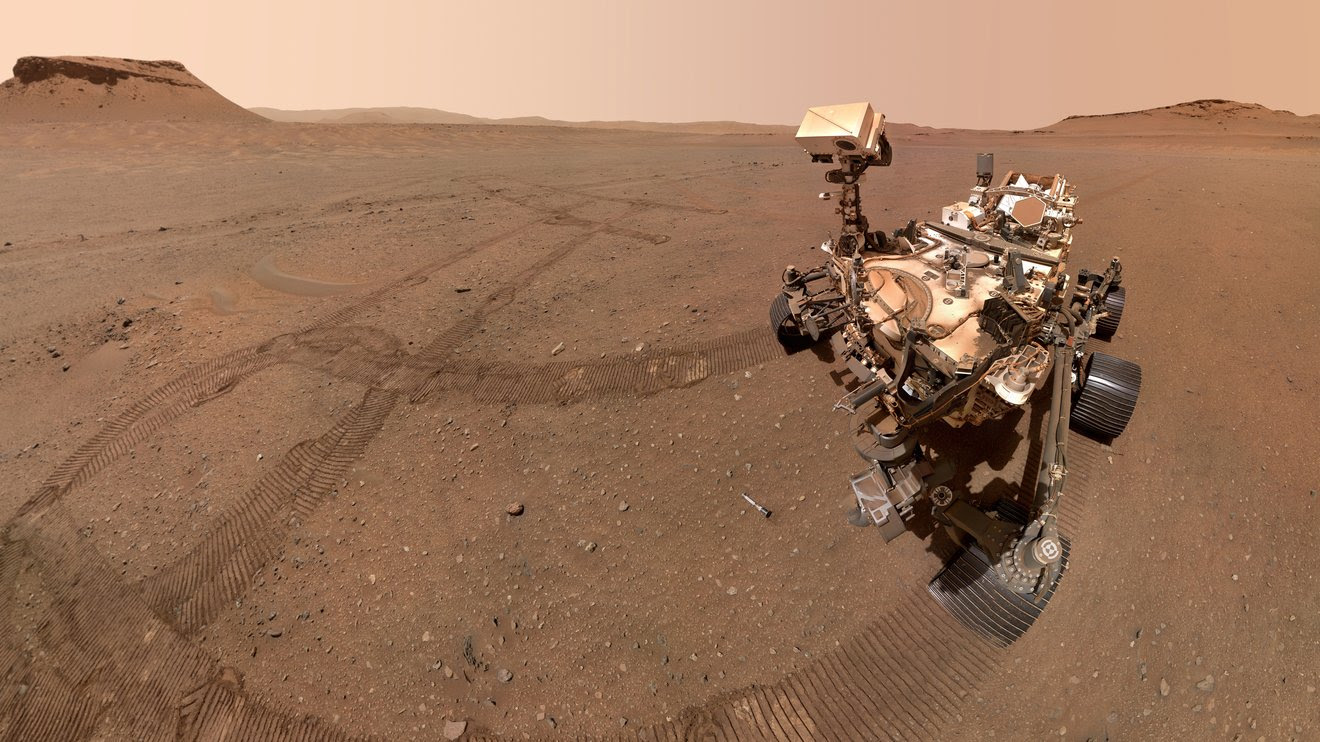
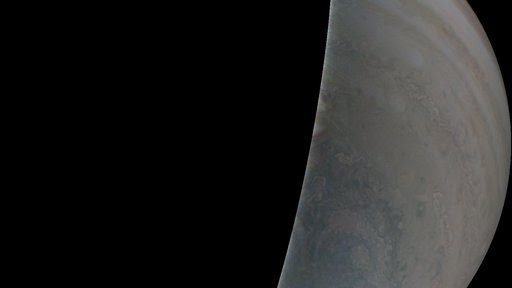
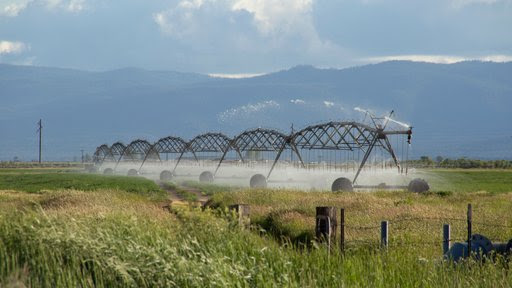
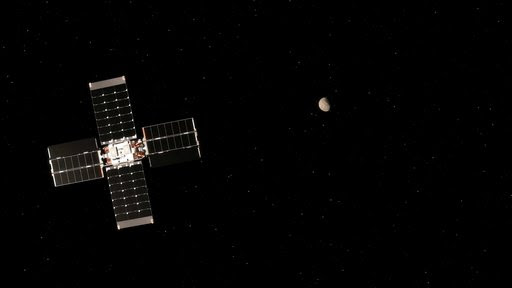
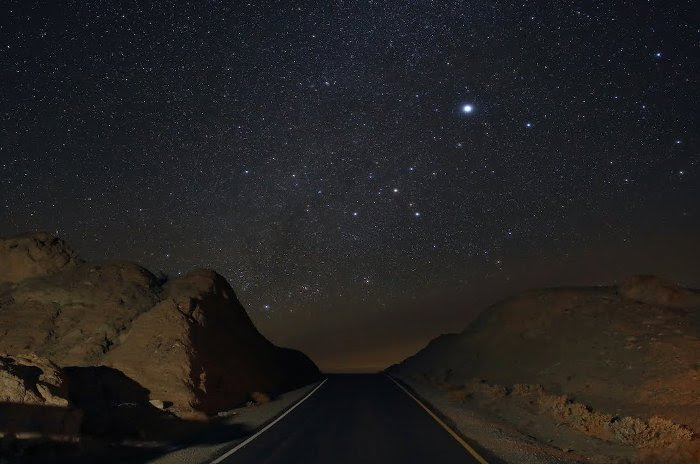

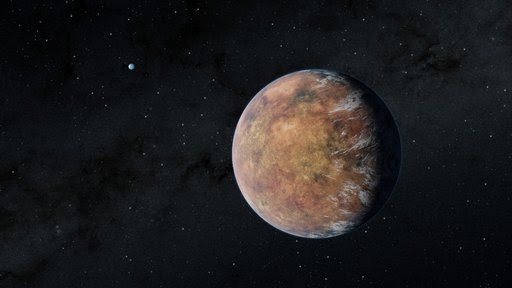
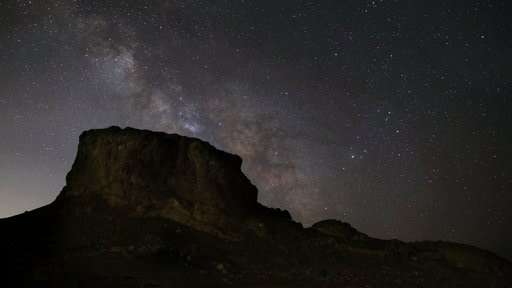
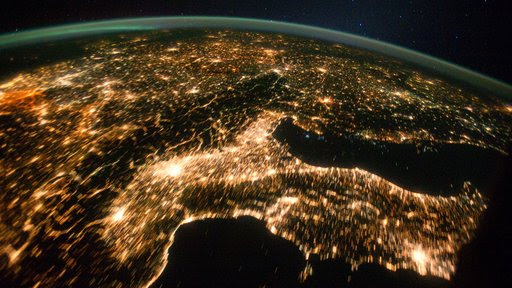
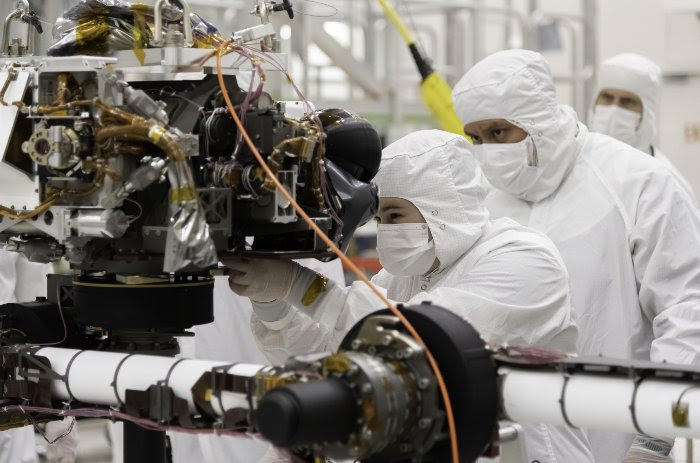
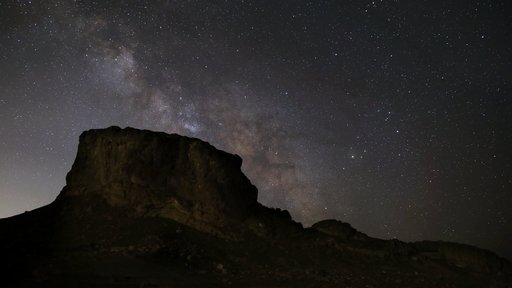
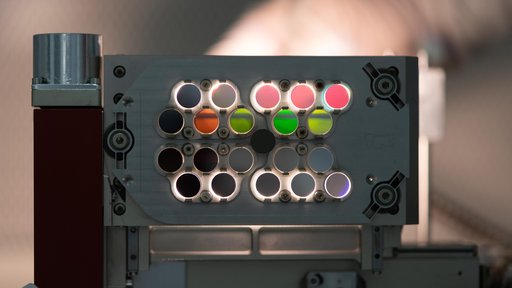
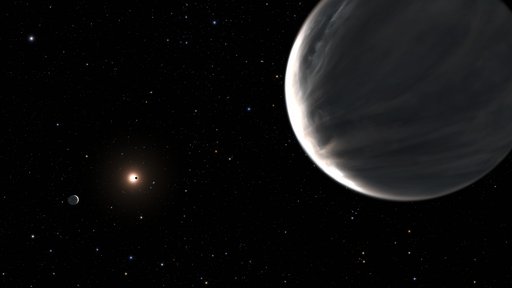

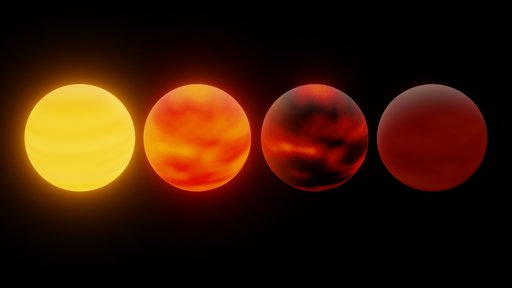


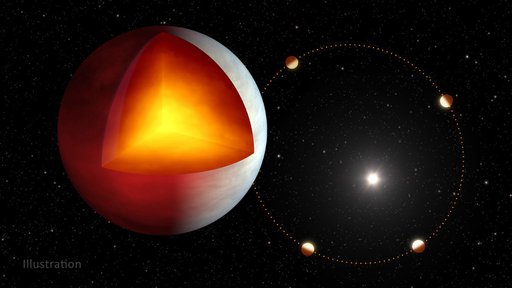


Leave a Reply